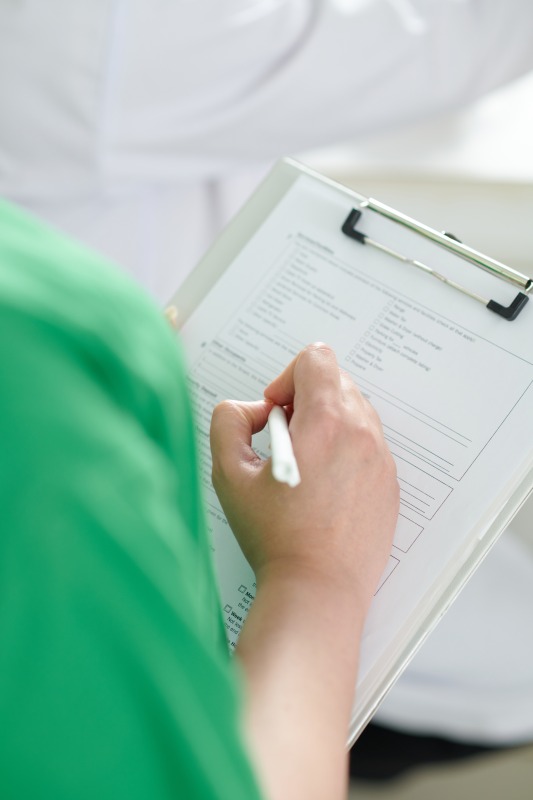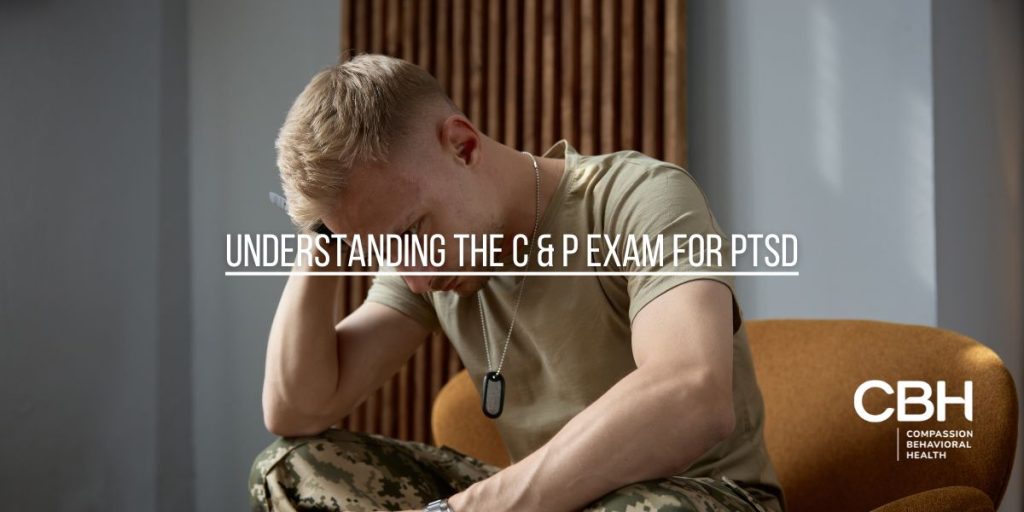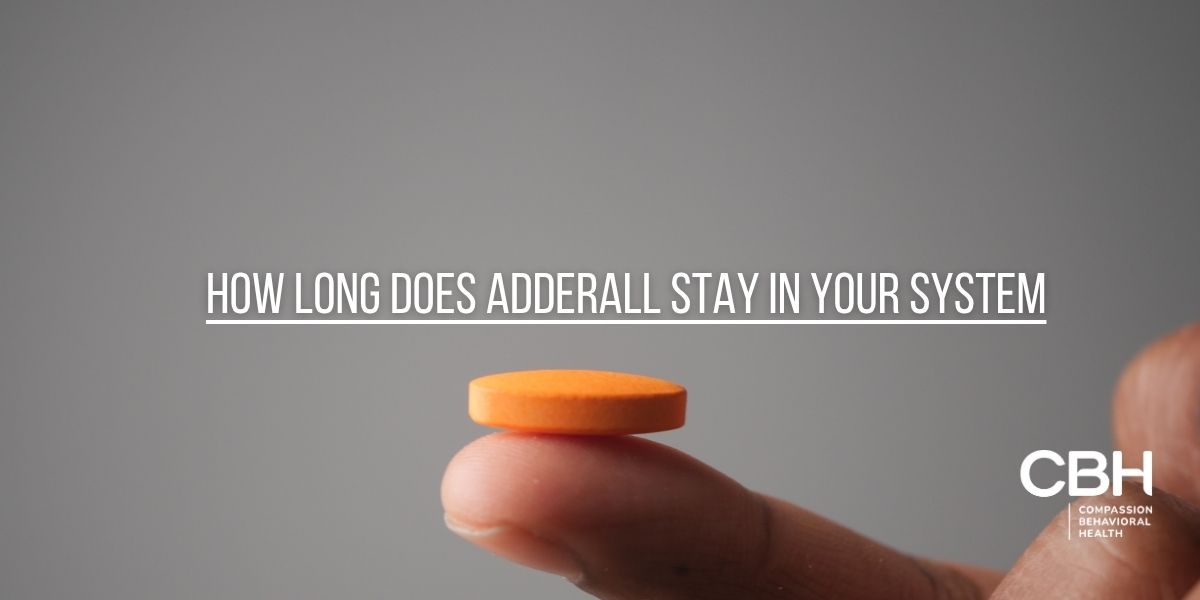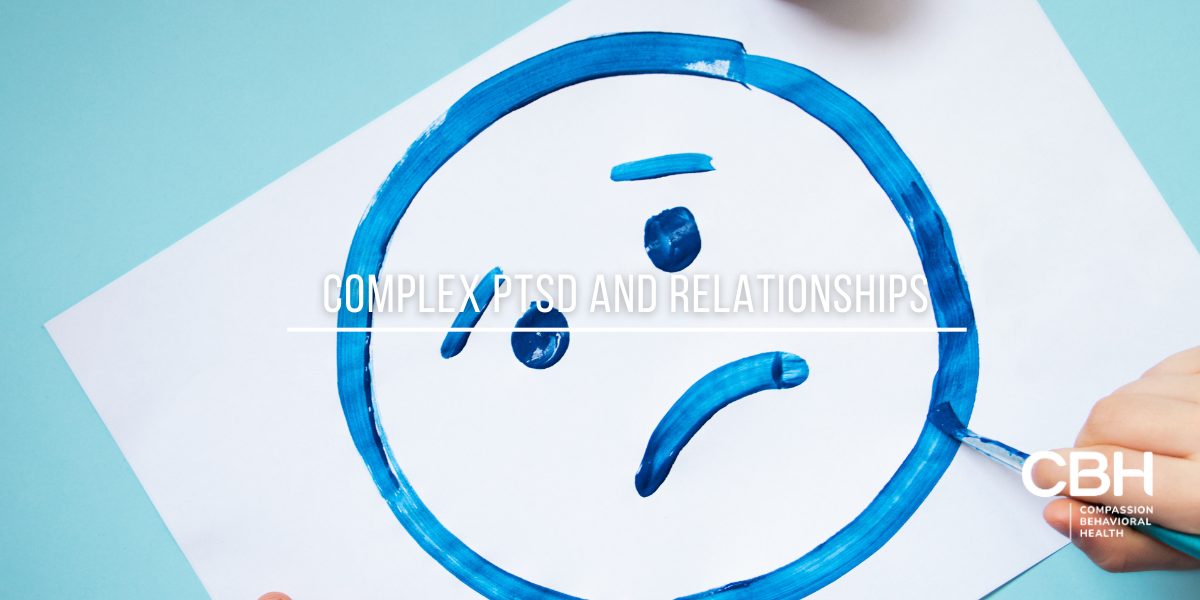The Compensation and Pension (C & P) exam is a crucial evaluation for veterans seeking benefits due to post-traumatic stress disorder (PTSD). This comprehensive guide will walk you through the C & P exam process, its purpose, how it assesses PTSD, and what to expect as you prepare. By understanding each part, individuals can navigate the exam with greater confidence and clarity.
This article covers the following key areas:
- Definition and purpose of the C & P exam
- The significance of the exam in diagnosing PTSD
- Preparation tips for candidates
- The detailed process of the exam
- How to interpret the results effectively
What is the C & P Exam?
The C & P exam is a formal evaluation procedure conducted by the U.S. Department of Veterans Affairs (VA) to assess the level of disability that a veteran may have due to service-related issues such as PTSD. This exam plays a vital role in determining eligibility for various VA benefits.
Typically, these exams are scheduled after a veteran files a claim for benefits, and the results provide essential information that can influence compensation decisions. By providing a structured approach to evaluate psychological conditions, the C & P exam aims to ensure that veterans receive the support that reflects their true needs.
The Purpose of the C & P Exam
The main goal of the C & P exam is to assess the severity of a service-related mental health condition, such as PTSD, and to establish a connection between the veteran’s military experience and their current mental health status. The exam helps the VA in several ways:
- To determine the nature and extent of the PTSD diagnosis.
- To evaluate how PTSD impacts daily functioning and quality of life.
- To establish a service connection between military duty and the psychological condition.
Ultimately, the results from the C & P exam aid the VA in deciding the level of benefits that a veteran should receive. Additionally, the exam can serve as a critical touchpoint for veterans, offering them an opportunity to articulate their struggles and experiences, which can be both therapeutic and validating. This process not only helps in the administrative aspect of benefits but also fosters a deeper understanding of the psychological toll that military service can take on individuals.
Who Conducts the C & P Exam?
The C & P exam is typically conducted by qualified mental health professionals, which may include psychologists, psychiatrists, or licensed social workers. These examiners are trained specifically to evaluate veterans for mental health disorders and understand the complexities involved in PTSD assessments.
During the exam, the evaluator will use a combination of clinical interview techniques and standardized assessment tools to gather information. It’s crucial for the examiner to establish a comfortable environment so that the veteran can openly discuss their experiences and symptoms. The exam may also include a review of the veteran’s medical history and any previous treatment records, which can provide additional context and insight into the veteran’s mental health journey. This comprehensive approach ensures that the evaluation is thorough and that all relevant factors are considered, ultimately leading to a more accurate assessment of the veteran’s needs.
The Role of the C & P Exam in PTSD Diagnosis
The C & P exam is a significant step in the process of diagnosing PTSD and ultimately affects the benefits available to veterans. It acts as an official record of a veteran’s mental health status, paving the way for necessary treatment and compensation.

Understanding PTSD: An Overview
Post-traumatic stress disorder is a mental health condition triggered by experiencing or witnessing a traumatic event. Symptoms may include intrusive thoughts, flashbacks, severe anxiety, and uncontrollable thoughts about the event. Understanding these symptoms is vital for both the veteran and the examiner during the C & P exam.
PTSD can manifest in several ways, which can include:
- Re-experiencing the trauma through flashbacks or nightmares.
- Avoiding places, events, or people that remind the individual of the trauma.
- Increases in negative thoughts and feelings related to the traumatic experience.
Awareness of these symptoms helps the examiner to accurately evaluate the veteran’s mental health status. Furthermore, it is important to note that PTSD is not a one-size-fits-all diagnosis; each veteran may experience a unique combination of symptoms that can vary in intensity and duration. This variability underscores the importance of a thorough and empathetic approach during the C & P exam, as it allows for a more personalized understanding of the veteran’s struggles and needs.
How the C & P Exam Assesses PTSD

The assessment process during the C & P exam involves a combination of self-reporting by the veteran, clinical interviews, and psychological testing. Key aspects of the assessment can include:
- Detailed history of the traumatic events experienced during military service.
- Current psychological symptoms and their impact on daily life.
- Use of the DSM-5 criteria to determine PTSD diagnosis.
This comprehensive assessment helps ensure that any decision made regarding the veteran’s benefits takes into account their unique experience and struggles associated with PTSD. Additionally, the C & P exam may also involve collateral information from family members or close friends, which can provide further insight into the veteran’s behavior and emotional state. This holistic approach not only enriches the evaluation process but also fosters a supportive environment where veterans feel heard and validated in their experiences.
Moreover, the C & P exam can serve as a critical touchpoint for veterans to discuss their mental health openly, which is often a daunting task due to the stigma surrounding mental health issues. By creating a safe space for dialogue, the exam can empower veterans to seek further treatment and support, thus promoting a pathway toward recovery and improved quality of life. The insights gained from the C & P exam can also guide healthcare providers in tailoring therapeutic interventions that address the specific needs of each veteran, ultimately leading to more effective treatment outcomes.
Preparing for the C & P Exam
Preparation for the C & P exam can significantly influence the outcome. Veterans can take several steps to ensure they are ready for this important assessment.
Gathering Relevant Medical History

Prior to the exam, it is beneficial for veterans to gather relevant medical documentation, including:
- Previous mental health evaluations or treatment records.
- Any prescribed medication information, including dosages and frequency.
- Reports from other healthcare providers who have treated the veteran for psychological issues.
Having this information on hand can assist the examiner in forming a thorough understanding of the veteran’s medical history and current condition. Additionally, veterans might consider compiling personal notes that detail their symptoms, triggers, and coping mechanisms. This self-reflection can provide valuable context during the examination, allowing the examiner to see the full scope of the veteran’s experiences and challenges. It can also help veterans articulate their thoughts more clearly, ensuring that they convey the nuances of their mental health journey.
What to Expect During the Exam
During the C & P exam, veterans can expect a structured process. This typically includes:
- A review of the veteran’s military and medical history.
- A series of questions about current symptoms and experiences.
- Psychological tests that may measure specific aspects of mental health.
Veterans should be prepared for the examiner to ask clarifying questions to ensure a comprehensive evaluation and representation of their condition. It is important for veterans to approach this part of the process with openness and honesty, as the information gathered will play a crucial role in determining eligibility for benefits. Moreover, the atmosphere of the exam can vary; some veterans may find it to be a supportive environment, while others may feel anxious. To mitigate this, veterans might benefit from practicing relaxation techniques beforehand, such as deep breathing or visualization exercises, to help maintain composure during the assessment.
The C & P Exam Process
The process of the C & P exam unfolds in two main phases, each critical to forming a complete assessment of the veteran’s mental health status.

Initial Assessment
The initial assessment involves gathering detailed information about the veteran’s background and current symptoms. During this phase, the interviewer asks about:
- Specific traumatic events experienced during service.
- Life changes and stressors since the event.
- Living conditions and relationships.
This phase aims to create a clear picture of the veteran’s experience and challenges, establishing context for subsequent evaluations. The interviewer may also explore the veteran’s family history of mental health issues, as this can provide additional insights into the individual’s psychological resilience or vulnerabilities. Furthermore, the assessment may include inquiries about any previous treatments or interventions the veteran has undergone, helping to inform the current understanding of their mental health journey.
In-depth Psychological Evaluation

Following the initial assessment, a more comprehensive psychological evaluation is undertaken. This involves a detailed analysis of the veteran’s psychological symptoms, including:
- Emotional responses to trauma.
- Anxiety and coping mechanisms.
- Impact of symptoms on daily functioning.
The information gathered during this phase is crucial in forming a diagnosis and understanding the severity of the condition. Additionally, standardized psychological tests may be administered to quantify symptoms and assess cognitive functioning. These tests can help identify patterns that may not be immediately apparent during the interview process, such as memory issues or concentration difficulties, which are often associated with PTSD and other trauma-related disorders. The results of these evaluations not only aid in diagnosis but also play a significant role in tailoring treatment plans that address the unique needs of each veteran.
Interpreting the Results of the C & P Exam
Understanding the Rating System
The VA uses a rating system that ranges from 0% to 100%, reflecting the severity of the veteran’s condition:
- 0% – No diagnosis or symptoms.
- 10% – Mild conditions with minimal impact on work and life.
- 100% – Total occupational and social impairment.
This rating system directly influences the level of benefits a veteran may receive, making it important to understand how the C & P exam impacts the rating given.
Next Steps After the Exam
After receiving the results of the C & P exam, veterans should consider the following next steps:
- Review the rating decision and understand its implications.
- Gather any necessary documents for an appeal if the rating is lower than expected.
- Consult with a veteran service officer for guidance and support.
Ultimately, understanding the outcome of the C & P exam can empower veterans to pursue the benefits and support they deserve.
Getting Help for PTSD at VA Community Network Provider in Florida

If you’re a veteran who has completed the C & P Exam for PTSD and are seeking the next step in your journey to recovery, Compassion Behavioral Health is here to support you. Our dedicated team specializes in treating Veterans and active-duty military members with complex mental health issues, offering personalized care that caters to your unique needs. With our commitment to fostering sustainable recovery, we provide a safe and nurturing environment at our Hollywood rehab center. Conveniently located near beautiful South Florida beaches and major airports, we are your beacon of hope. Call Us Today and take the first step towards reclaiming your life with Compassion Behavioral Health.



